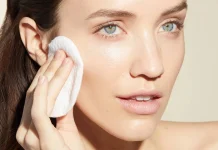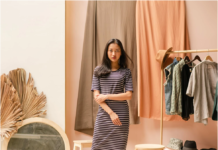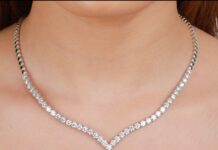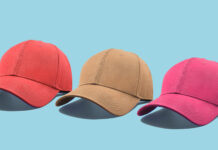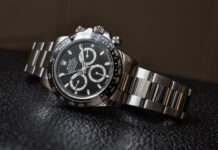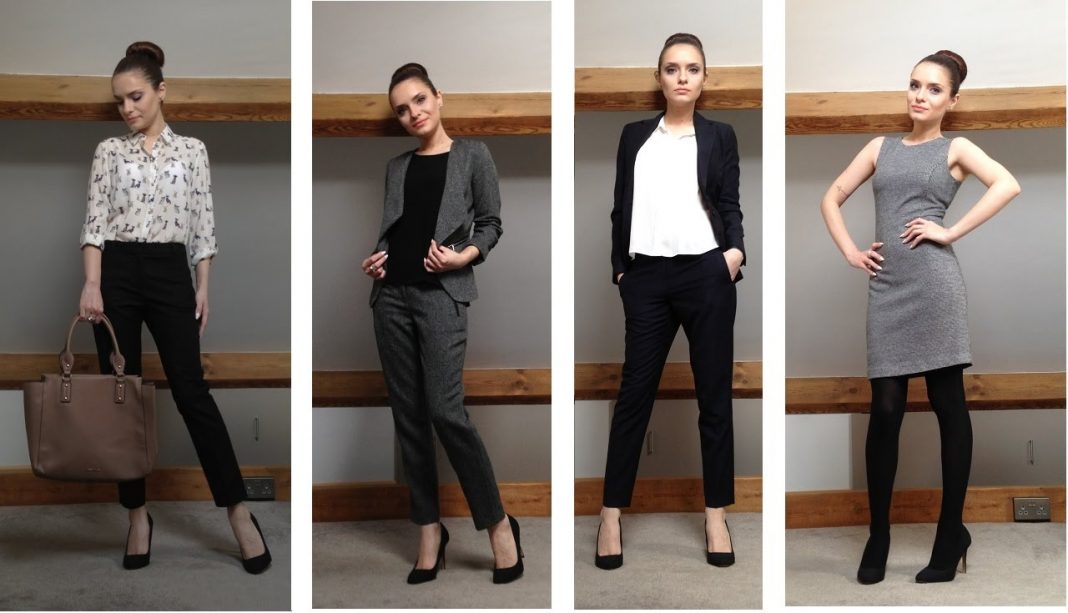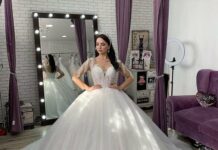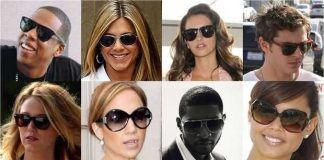With millions of men working at corporate jobs in America, the idea of dressing well for work is far from new. In fact, the dress code has become almost a uniform. Walk into any corporate office and what you immediately notice is that everyone from presidents to office clerks are conforming to a recognizable dress code.
In an attempt to avoid looking like a subsidiary of IBM, many corporations have now relaxed their dress code, allowing variations to the suit and tie. Consequently, while suits and ties are still required for business meetings, company presentations, and formal events, office wear now includes more colorful shirts and more stylistic pants. In fact, there are now whole days, usually Fridays, when you’re encouraged to dispense with a tie altogether and dress more casually.
In this milieu, it’s very difficult to set a trend, mainly because most variations have already been tried out. However, it’s not impossible, and there are many subtle things you can do to look like a man with excellent taste in a culture of well-dressed man. Let’s take a look at getting the fundamentals right:
1. Ties
Most ties in an office are a monochrome color and style. In other words, they are just plain boring. You can make a difference by wearing eclectic ties. If you take a look at Hextie.com, you’ll see that they have a lot of variations on the classic tie. You can, for example, wear something as interesting as the Diamante or as bold as the Alter Sol. A good tie should contrast, but not clash with a good shirt. If, for instance, both your tie and your shirt have patterns, the patterns may clash.
Ties and shirts may also clash if they are similar in color, with the tie almost blending in with the shirt. And, of course, if you’re going to invest in excellent ties, you have to learn to knot it perfectly every time. Finally, your tie should compliment your face. If you have a broad face and wear a narrow tie with a tight knot, your face may look too big. You would be better off with a thick tie and a Windsor knot.
2. Shirts.
Shirts, like ties, often default to boring. While you might need a few white shirts for all your business meetings and formal presentations, you should get a variety of shirts with checks and striping. However, you don’t want to overdo it, so default on the side of lighter colors and restrained patterns. You can make up for the lack of color and pattern by choosing interesting weaves– for instance, a herringbone weave –and an assortment of collars.
3. Trousers
When it comes to trousers, most men don’t have a clue and look as if their mother dressed them. They tend to wear bigger pants than they need, which makes them look as if they have big butts. Buy pants that fit snugly around the waist and hips. Your pants should be loose enough to be comfortable, but not baggy enough to make your buttocks look saggy and your thighs chunky. If you happen to be a larger man, then you can get some flexibility by wearing pleated fronts, and you should wear your pants higher on your waist with suspenders rather than a belt. When it comes to colors, choose, gray, black, khaki, or navy. For casual Fridays, you can get away with light brown or green shades.
4. Sweaters, jackets, and suits
Sweaters are fine if you’re trying to look casual, and jackets can replace suits when you don’t want to look too formal but are expected to dress up a bit. Suits, of course, still work if you don’t overdo it, reserving them for more formal events. If you wear suits all the time, even if you’re sitting in the office or in the break room, you tend to look overdressed.
5. Socks and shoes
Of course, like Albert Einstein, you could dispense with socks altogether — still, all kidding aside, the rule for socks is simple: they should match the color of your pants. So buy a pair of socks for each pair of pants. Shoes should default to black or dark brown most of the time, and, above all, never wear cheap shoes … even on casual Friday!





